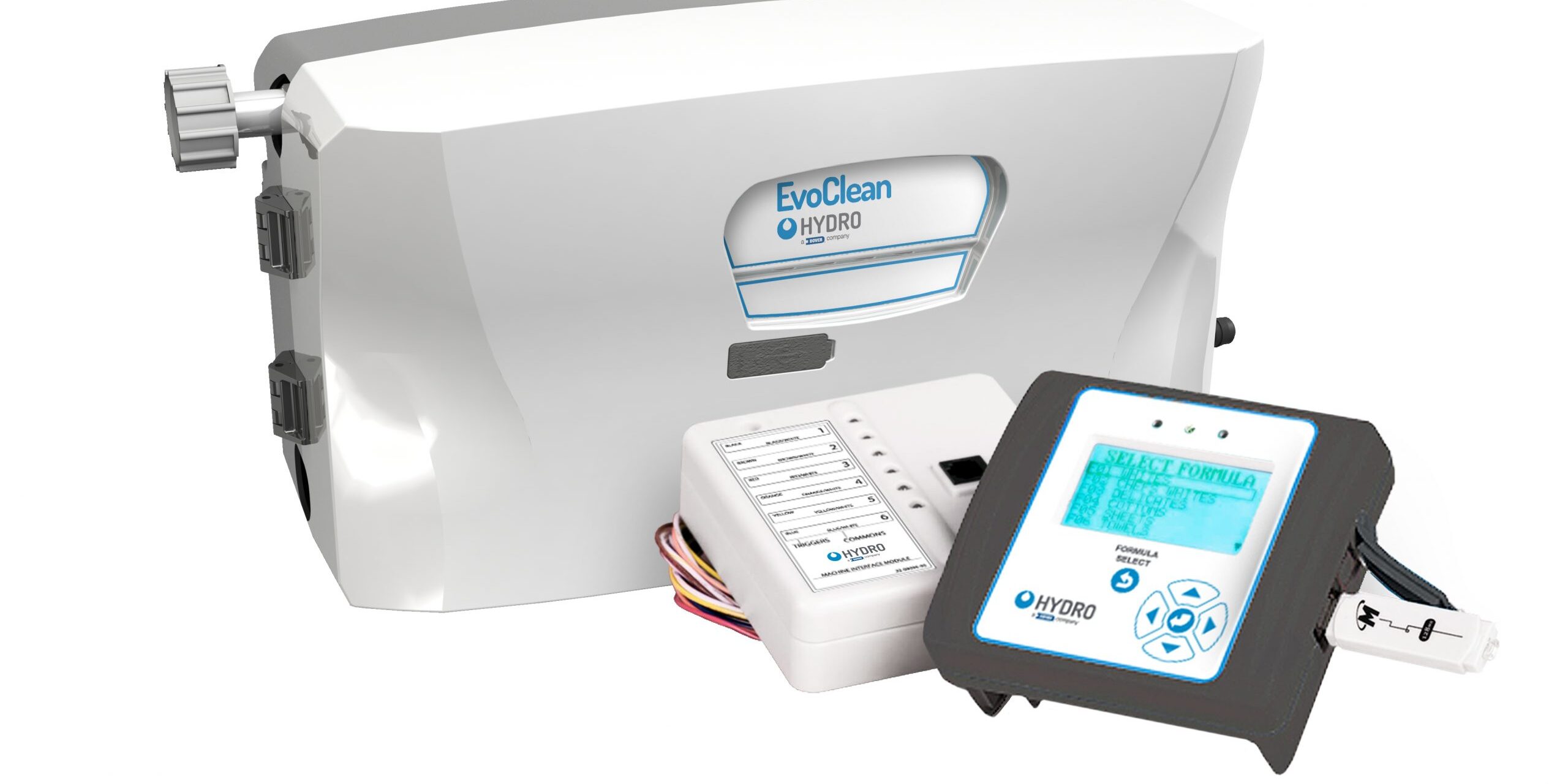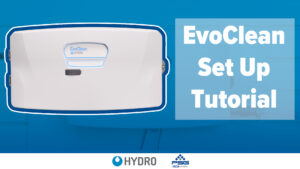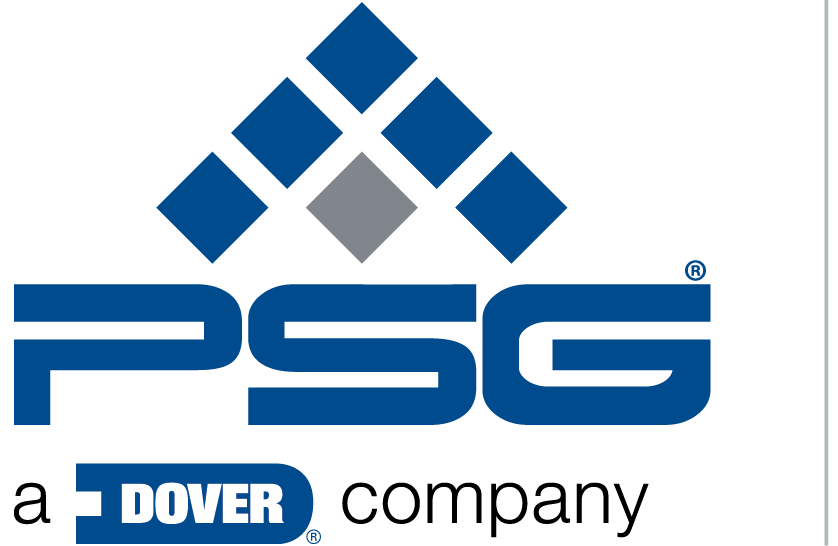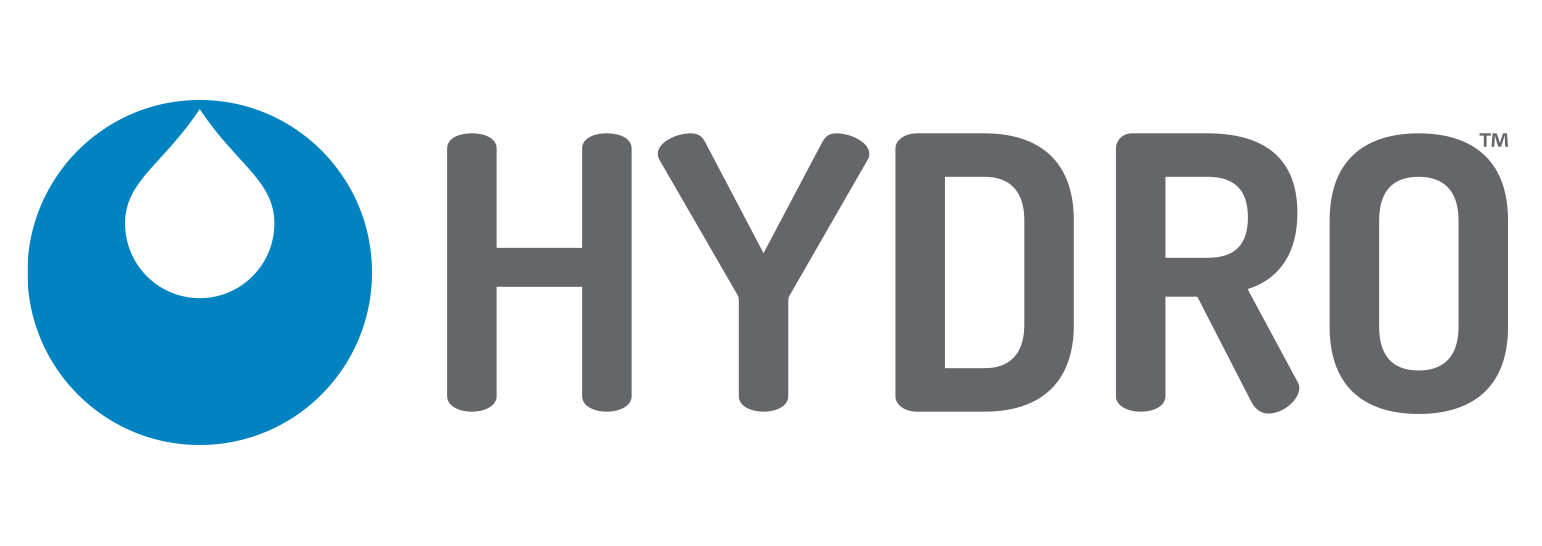EvoClean Solves Shortcomings of Peristaltic Pumps

Integrating a pumping system for chemical dosing in an on-premise laundry (OPL) facility is a great way to deliver consistent chemical distribution through the washing cycle. When it comes to the types of chemical dispensing systems for automation, there are two popular methods for chemical distribution. Two of the most popular types of dispensers for the job are venturi-based dispensers and peristaltic pumps. These two different technologies are prevalent in the OPL and cleaning industries. EvoClean, a venturi-based, water-powered laundry dispensing system, addresses the common challenges faced with peristaltic pumps.
Peristaltic Pump Technology & Feedback
At first impression, the technology used in peristaltic pumps effectively delivers chemical dosing to OPL washers.

Similar to how an esophagus moves food to the stomach, the peristaltic pump moves fluids through tubes through a squeezing mechanism. However, over time, there are some challenges to this type of pump in an OPL facility. To understand the pain points with peristaltic pumps, it helps to first understand the pump design.
A peristaltic pump has three main components:
- an external housing or “race”
- an internal rotating mechanism that presses rollers against a rubber squeeze tube that sits inside the race
- a motor to drive the internal rotating components
The following issues arise due to the peristaltic pump design:
- Peristaltic pump mechanics weaken the tubing over time
- Tubing ruptures can create solution leaks
- Flow rates decrease over time
- Frequent maintenance is required
- It takes more time to fix and replace internal parts
- Efficiency is lost when a continuous process is interrupted
- Installation is time-consuming
To get doses of chemical through the pump and to the machines, a gap between the peristaltic pump’s internal roller component compression points on the squeeze tube allows specified amounts of fluid to move through the pump. The lower the dose needed, the tighter the spinning mechanism must be to the race. The more firmly a tube gets pinched to deliver the dose, the quicker the tube wears out. The required chemical dosage becomes less accurate as the tube stretches and weakens over time. If left unchecked, tubing can develop bulges at weak spots. Weakened tubes allow incorrect chemical doses to be dispersed, resulting in increased costs.
Tubing ruptures create solution leaks
Weakened tubes will eventually either develop breaks or loosened seals and connections. The movement of the internal rollers eventually forces tubing to move through the pump, pulling connection points. Leaks reduce the required internal pressure to deliver portioned doses to the machines. The uncertainty of a squeeze tube rupture makes planning and performing maintenance essential. Thus, tube replacement happens regularly. Without monitoring, leaks can waste chemicals and negatively impact the OPL facility’s cleaning.
Flow rates decrease over time
Multiple points of failure can impact the flow rate due to the various components of a peristaltic pump. Fatigue of the rubber tube is the most common, but reduced roller head smoothness can also create friction that impedes flow rate. Platens inside the roller components can become worn, broken or grooved resulting in lower flow rates. Additionally, low pressure from air infiltration of damaged tubing will decrease flow rate. Component replacement requires regular monitoring and maintenance.
Frequent maintenance is required
The many different weak points on a peristaltic pump require frequent maintenance. Diagnosis of issues can be challenging to identify since performance can diminish over time. Each time a problem is identified, multiple checks need to be made to diagnose the source of the issue. This extends the time it takes to repair the pump. Because of the variability of the pump functionality and the unpredictable nature of part failure, it is difficult to schedule regular maintenance of the pump. For example, tubing could require replacement between 1 to 6 months of use. With multiple chemicals flowing through different peristaltic pumps at different rates, all the tubes don’t need to get replaced simultaneously. Many OPLs replace all tubes at the same time regardless of whether they need replacement. While efficient, this practice is wasteful.
Installation is time consuming
The process of installing a peristaltic pump requires skilled service technicians. With some pump designs, there are electrical components that require high-voltage electrical wiring. In these instances, conduit may be needed to secure the wiring. Special tools may be needed to secure pumps in place. In addition, space is needed for all the pump components, including separate flush manifolds, multiple pump units and electrical connections.
Hydro’s EvoClean Addresses Peristaltic Pump Challenges
EvoClean eliminates peristaltic pump issues because it is a venturi-based chemical dosing system. Venturi elements’ vacuum pressure allows precise water and chemistry combinations to be delivered to the washer every time. There is no squeeze tubing to get fouled, which saves time and money on tube replacement, service and maintenance. The EvoClean does not experience a reduction in delivery performance over time due to squeeze tube wear. The unit only has to be calibrated once and will not underdose chemicals. This calibration contributes to more predictable wash results.The EvoClean unit is 40 to 80% lighter than other dosing systems and doesn’t require high-voltage connections since there are no AC or DC motors to power the unit. The dispenser has a low-flow (18 oz./min. or 550 mL/min.) and high-flow (51 oz./min. or 1500 mL/min.) configuration to cover washers of different sizes up to 300 lbs./136 kg. Water usage is lower because it is restricted to 0.5 or 1.0 GPMs depending on the low-flow or high-flow units. Finally, installation is simple due to the plug-and-play unit incorporating venturi elements, pre-wired power and signal cables and flush manifold. There’s no need to run conduit or terminate wires inside the dispenser. Simple installation to the wall is completed with a bracket and a couple screws. EvoClean units are available in 4, 6 and 8 product configurations that cover a broad range of product configurations and washer sizes used in OPL accounts.
More in-depth details about the EvoClean installation can be found in the latest EvoClean Installation video.
While the industry uses both the venturi dispenser and peristaltic pump, the venturi dispensers deliver consistent, reliable and accurate chemical dosing over the long term.
Learn more about Hydro’s EvoClean dispenser.

Customer Service and Technical Support
Call 1-800-543-7184 Monday-Friday 8am - 5pm EST











